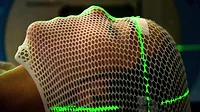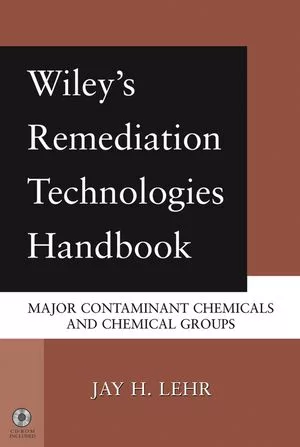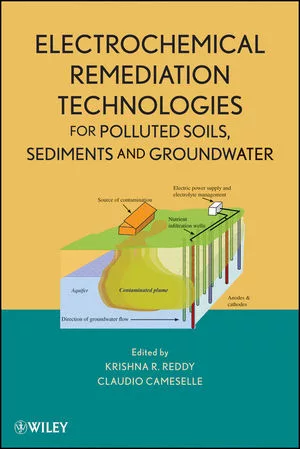USC Awarded $8 Million NIH Grant to Tackle ‘Forever Chemicals’ in Southern California
One focus of research will be to understand how PFAS may be fueling a surge in liver disease among young people

The director of a new center researching PFAS remediation and prevention hails from USC's Keck School of Medicine. (Courtesy of USC)
A team of scientists from the University of Southern California has landed an $8 million grant from the National Institutes of Health to launch a new research center focused on so-called “forever chemicals”—toxic substances that linger in the environment and threaten public health.
The five-year grant, awarded by the National Institute of Environmental Health Sciences, will establish the Southern California Superfund Research and Training Program for PFAS Assessment, Remediation and Prevention (ShARP Center). Researchers at the center will study per- and polyfluoroalkyl substances, or PFAS, which are used in countless consumer products and have been linked to a wide range of health problems.
PFAS—the class of chemicals found in everything from nonstick pans to stain-resistant fabrics—are nearly impossible to break down and have contaminated water, soil, and even the blood of more than 99% of Americans, according to federal estimates. The chemicals have been tied to rare cancers and can affect multiple organs, but scientists say much remains unknown about their long-term health effects.
"There's still so much we don't understand about how PFAS impacts the body, particularly the liver," said Dr. Vaia Lida Chatzi, director of the new center and professor of population and public health sciences at USC’s Keck School of Medicine. "That’s one of the key questions we aim to answer."
The ShARP Center brings together experts in medicine, engineering, and public health from USC and UC Irvine, building on years of research into PFAS contamination in Southern California. One focus will be understanding how the chemicals may be fueling a surge in liver disease among young people—a health crisis with few effective treatments.
To do that, the team will use advanced 3D modeling of human liver cells and conduct large-scale population studies in Southern California communities where liver disease rates are climbing.
Beyond health impacts, researchers at the USC Viterbi School of Engineering will seek new ways to detect and remove PFAS from drinking water, using a mix of biological, chemical, and thermal approaches. Up to 200 million Americans may be exposed to PFAS through their tap water, the EPA estimates.
"This is a complex challenge, and it demands input from biologists, chemists, engineers, and the communities affected," said Adam Smith, associate professor of civil and environmental engineering at USC and a co-leader at the ShARP Center.
USC’s new center is among fewer than two dozen nationwide chosen for the Superfund Research Program, which supports efforts to address hazardous substances at sites flagged by the U.S. Environmental Protection Agency.
The ShARP Center is also focused on outreach, working with local leaders to inform Southern California residents about PFAS risks and possible ways to reduce exposure.
“Partnerships with the community are essential—not just to share our findings, but to ensure our work leads to practical solutions,” said Dr. Max Aung, assistant professor of population and public health sciences at USC, who is leading the center’s community engagement programs.
USC President Carol Folt said the new grant reflects the university’s commitment to public health and sustainability. “The ShARP Center is an important step in tackling the growing problem of chemical contamination,” she said in a statement.
The center’s findings could soon guide policymakers, industry leaders, and other researchers working to prevent the spread of these chemicals—both in California and across the country.






